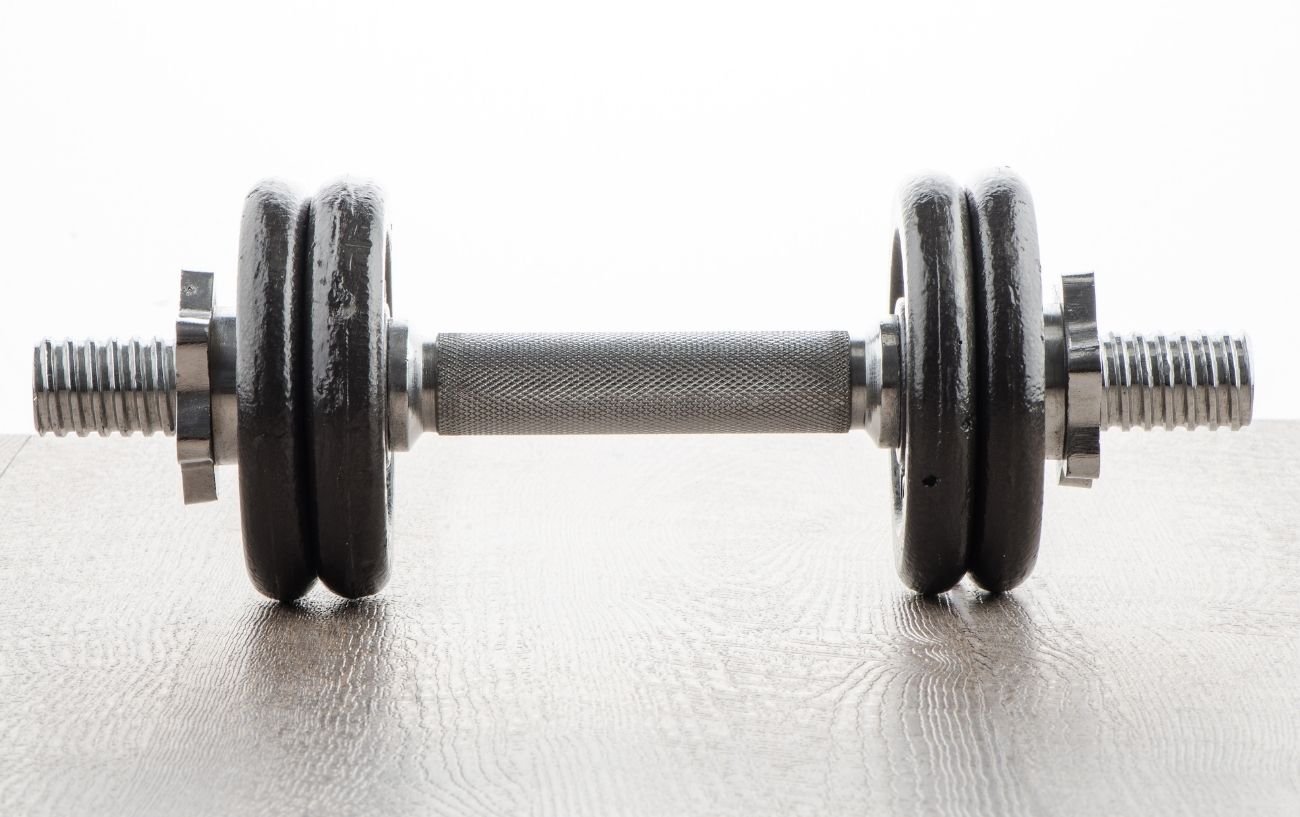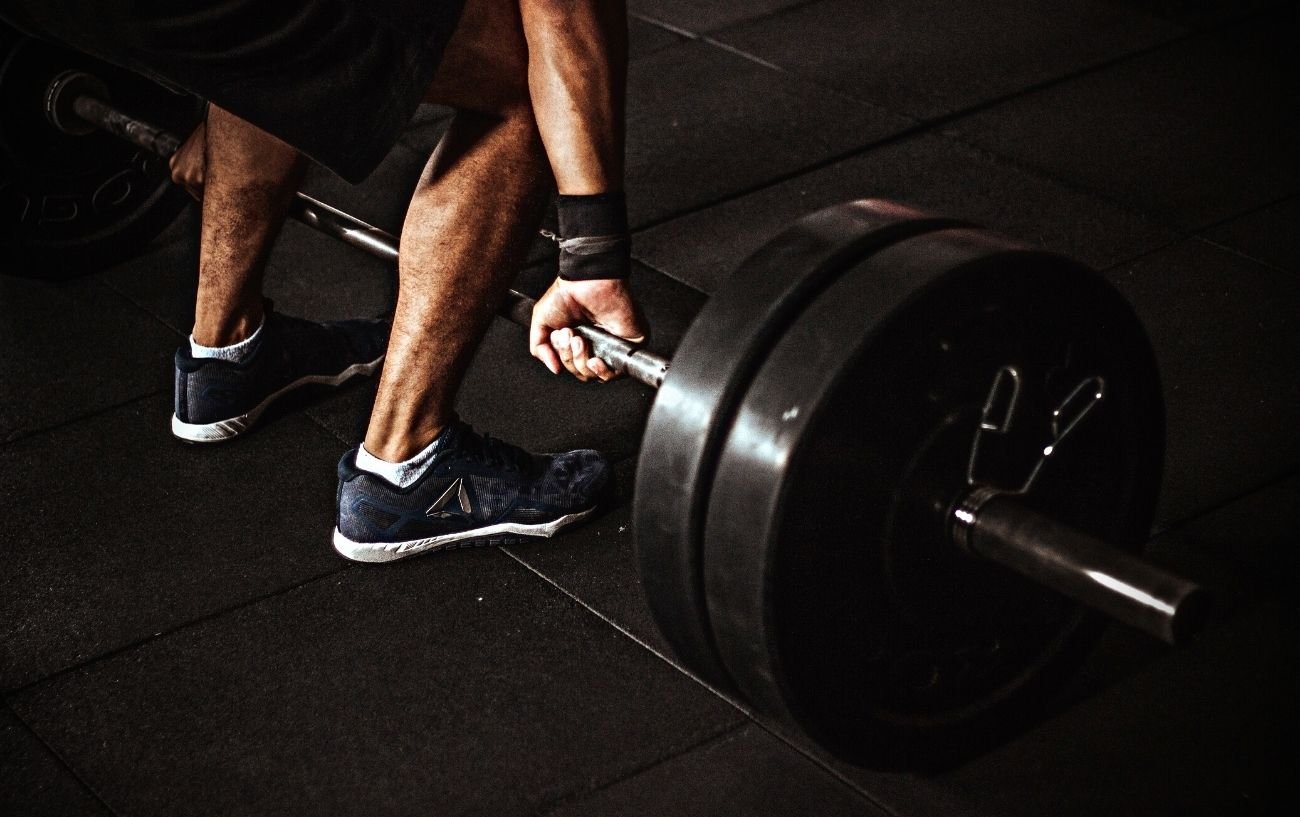Whether you like to lift weights at the gym or use the best adjustable dumbbells at home for your strength training workouts, the most important question to answer when structuring your dumbbell workouts is: How much dumbbell weight should I lift?
If you are new to fitness or resistance training in particular and just getting started with beginner dumbbell exercises, here again, the question becomes: “What weights should I start with as a beginner?”
Knowing the dumbbell weights that you should be using for each exercise, whether you are a beginner or have been lifting weights for years, is one of the critical factors that will impact the effectiveness of your strength training workouts and your results.
In this guide to how to choose the right dumbbell weight for your workouts, we will discuss the various factors that affect the ideal dumbbell weights to use, what dumbbell weight to start with as a beginner, and how to know when to increase the weights in your workouts.
We will cover:
- What Weights Should I Start With?
- Factors That Affect the Best Weight for Dumbbells
- When Should I Increase Dumbbell Weights In My Workouts?
Let’s get started!
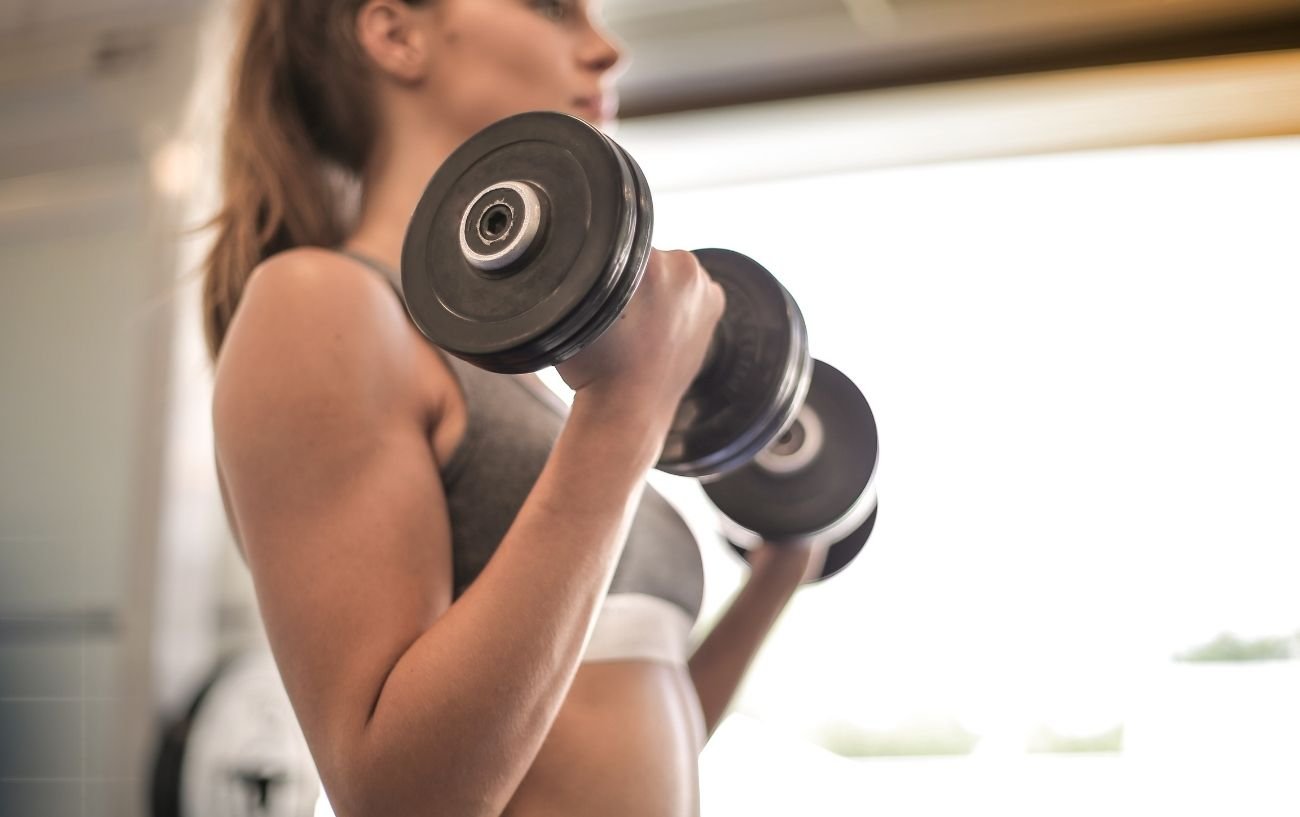
What Weights Should I Start With?
Beginners who have never used dumbbells before or who cannot remember how long it has been since they consistently lifted weights often ask the baseline question: “What is the best dumbbell starting weight for beginners?“
Although we can provide recommendations for how much dumbbell weight to lift for novice lifters, ultimately, the same principles apply when trying to choose the ideal dumbbell weights for advanced lifters in that there are numerous factors that affect what weight dumbbells you should be using in your workouts.
Therefore, we are going to take a closer look at the factors that you need to consider before you can actually answer—what weight for dumbbells should I use?—in a way that is actually meaningful for you in your own personal fitness routine.
Let’s look at a quick example as to why there isn’t a single best dumbbell starting weight for all beginners:
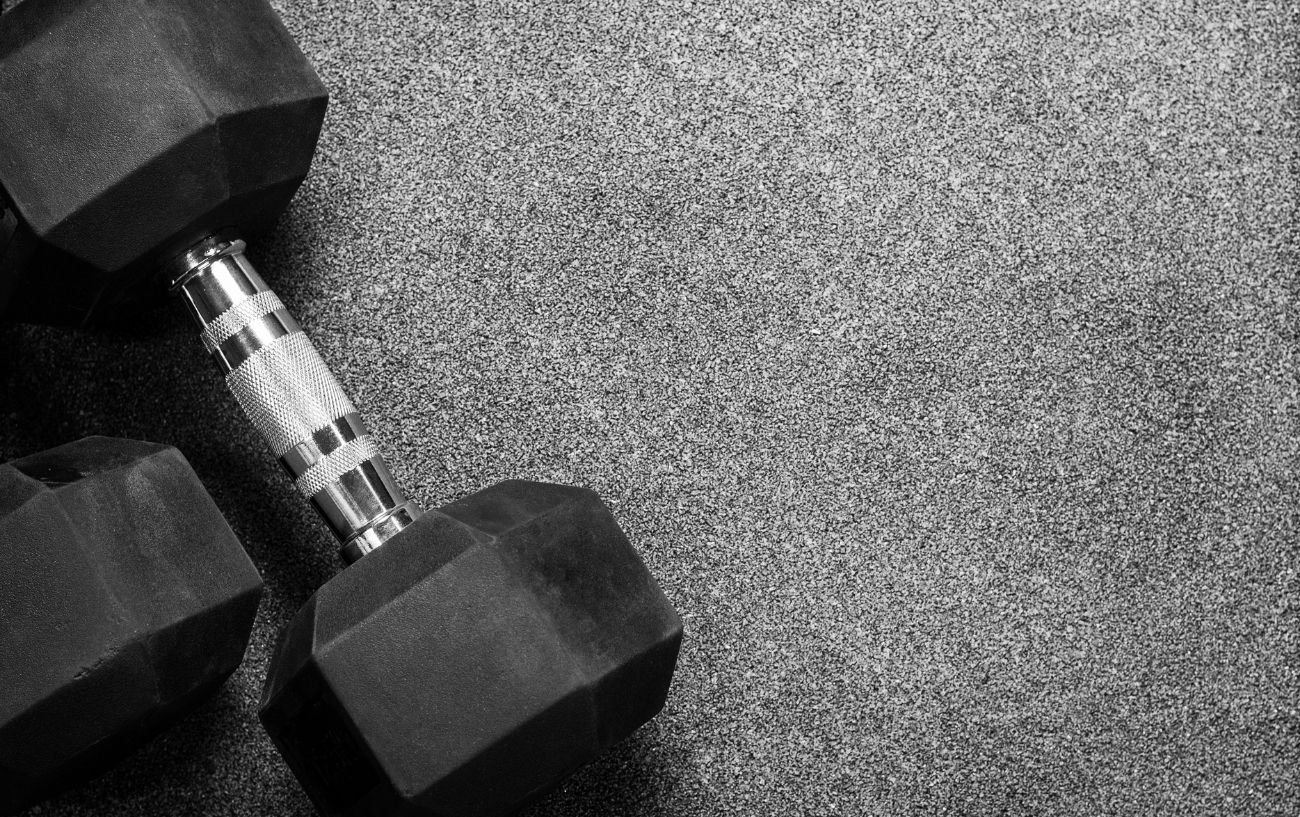
Compare the difference between a petite, 78-year-old woman who would like to do strength training with dumbbells to preserve bone density and maintain functional independence vs a 32-year-old who was a former high school football player but has since developed obesity and become entirely sedentary but wants to get back into fitness.
If both of these individuals were looking for one universal beginner weight for dumbbells, we would likely find that the young, previously athletic, much larger man would be under-challenged by dumbbells that the petite, frail, senior woman may have difficulty even lifting off the ground let alone using for a dumbbell exercise.
With that example provided, let’s look at the factors to consider that will help you answer the question: What dumbbell weight should I use in my workouts?
Factors That Affect the Best Weight for Dumbbells
Here are some of the factors that will help you answer the question: How do I choose the right dumbbell weight?

#1: Fitness Level
Dumbbell weights for beginners will be lighter than for those individuals who stay consistent with their strength training workouts.
This isn’t to say that the starting dumbbell weights for everyone will be lighter than for experienced weight lifters, but for a generalization, beginners should start with lighter dumbbells.
As you get stronger, you will increase the dumbbell weights.
#2: Exercises Performed
One of the key factors that affect the optimal weight for dumbbells is the exercises themselves.
Dumbbell exercises that use large muscle groups or involve compound movements with multiple muscle groups will require heavier dumbbells than isolation exercises or dumbbell exercises that use small muscle groups.
Typically, lower-body dumbbell exercises fall into the category of the large muscle groups that require heavier weights for dumbbells versus upper-body dumbbell exercises, where you will use lighter dumbbell weights.
This is because the lower body muscles are not only larger in size but also stronger due to the fact that your legs are constantly supporting your body weight as you walk, run, climb stairs, jump, etc.
In contrast, we do much less weight-bearing through the upper body, and pushing and pulling motions through the arms as well as carrying, and therefore do not develop the same degree of strength.

#3: Workout Goals
Another factor that you need to consider when picking dumbbell weights for workouts is your primary training goals.
For strength gains, work up to performing 2-6 sets, 3-5 reps per set, using dumbbell weights that are at least 85% of your one-repetition maximum (1RM) for the load. The fewer reps you perform, the closer to 100% of your 1RM you should aim for with your weights.
If your goal is hypertrophy (muscle growth), strive to perform three sets of each exercise, using weights for dumbbells that are 70 to 85% of your 1RM for the exercise, and perform 8 to 12 reps.
According to the National Strength and Conditioning Association, if your goal is training for muscular endurance, you should perform three or more sets of 15 or more exercise reps with a load (or dumbbell weight) that is 50% or less of your one rep max (1RM).
Even so, many fitness professionals push this recommendation for the dumbbell weights for muscle endurance up to 60% of your 1RM.
Note that your 1RM is the maximum load you can use when performing one full repetition of an exercise with good form.
For example, if you want to do squats to increase the muscular endurance in your legs, and the most you can squat for a single rep with good form is 160 pounds (72.7 kg), you should perform at least 3 sets of 15 reps or more lifting up to 80 pounds.
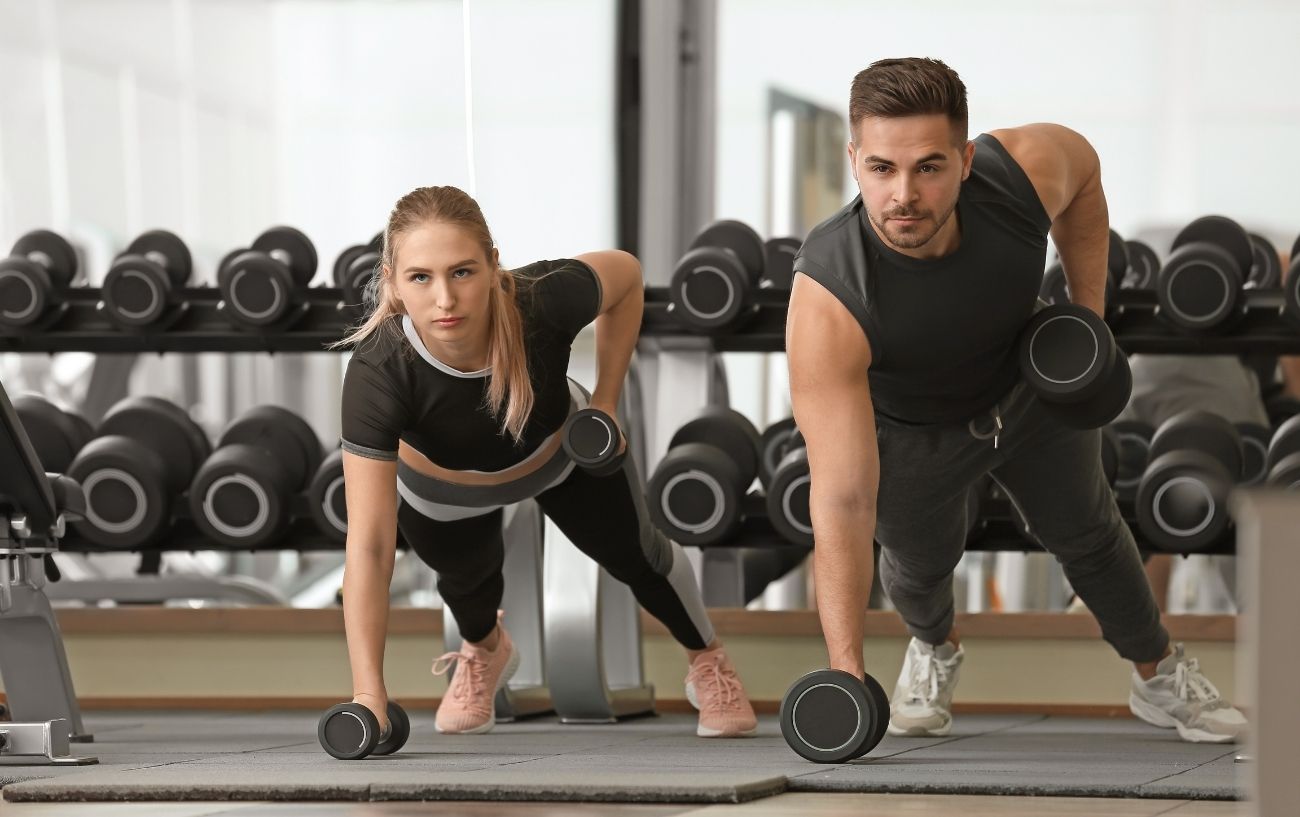
When Should I Increase Dumbbell Weights In My Workouts?
The other thing to keep in mind is that you will need to gradually and progressively increase the weights for dumbbells as you get stronger.
Beginners usually see bigger increases in strength right off the bat, largely due to improvements in neuromuscular coordination, but you should be increasing your dumbbell weights by about 5% per week after the first six weeks, with bigger jumps in the first six weeks.
Over time, this increase may drop to as little as 2 to 3% per week if you are doing competitive weightlifting and really maximizing your efforts already.
Keep in mind that when increasing weights for dumbbells, you may not be able to get the precise increase that you want to do depending on the weights for dumbbells that your gym has or the adjustable dumbbells you have at home.
This means that you may need to be a bit flexible on the number of reps and sets that you perform so that you can still use proper form when you lift heavier dumbbells.
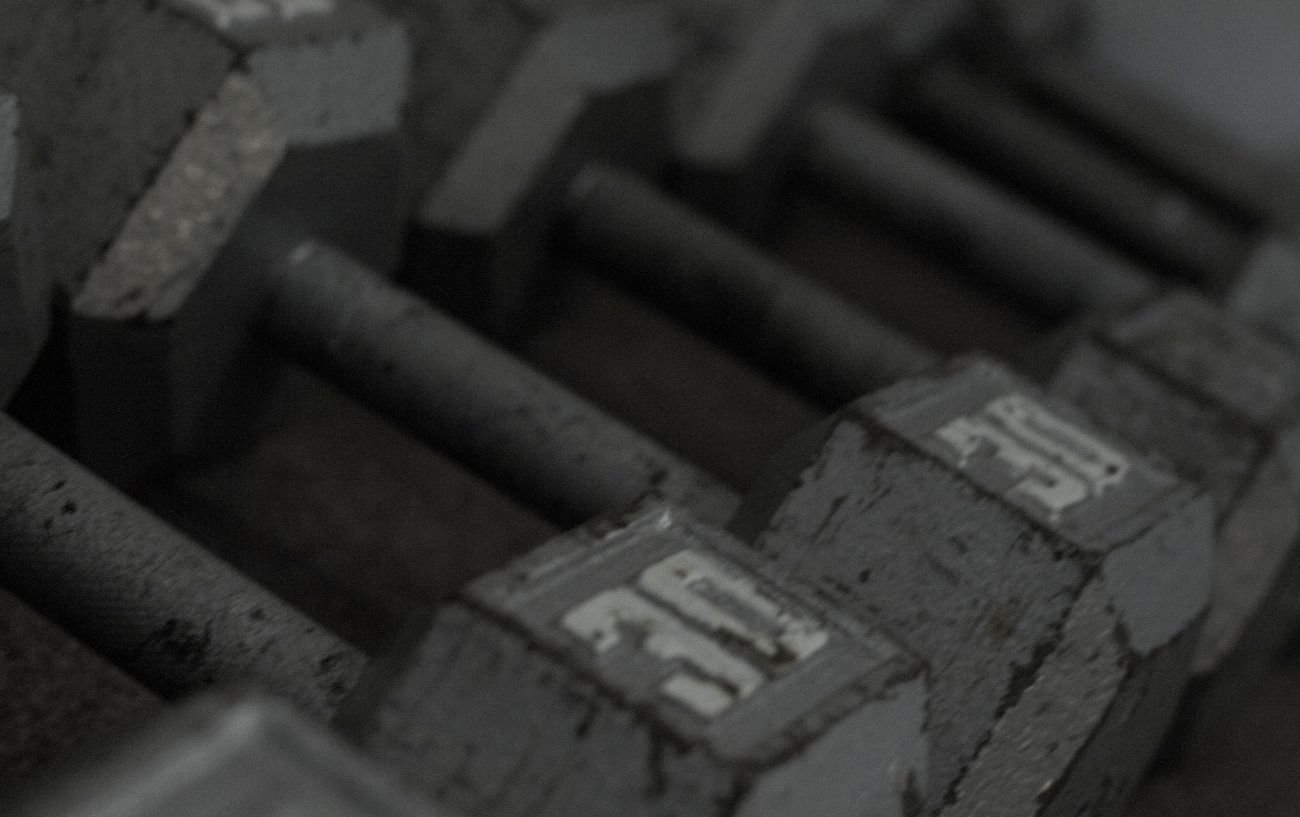
Consider, for example, the case of someone doing biceps curls.
Imagine you have been curling 15-pound dumbbells for 12 reps, and after a couple of weeks, you can get through all of your 12 reps and can keep going up to 15 reps with proper form.
It is time to increase the weight.
But imagine that the gym only has 20-pound dumbbells as the next weight increment.
This is a 33% increase in the weight that you are lifting.
You may find that you are able to do seven or eight high-quality reps with the 20-pound dumbbells using proper form and the full range of motion.
However, when you try to get up to 12 reps, your form starts to break down, and you find yourself wanting to swing the weights in order to use momentum to help “cheat“ the weight up, or you are not fully extending your elbows on the way down so that you don’t have to start from a dead stop.
Instead of going for 12 reps per set with the 20-pound dumbbells, scale back to nine or 10 reps or whatever you can handle with good form.
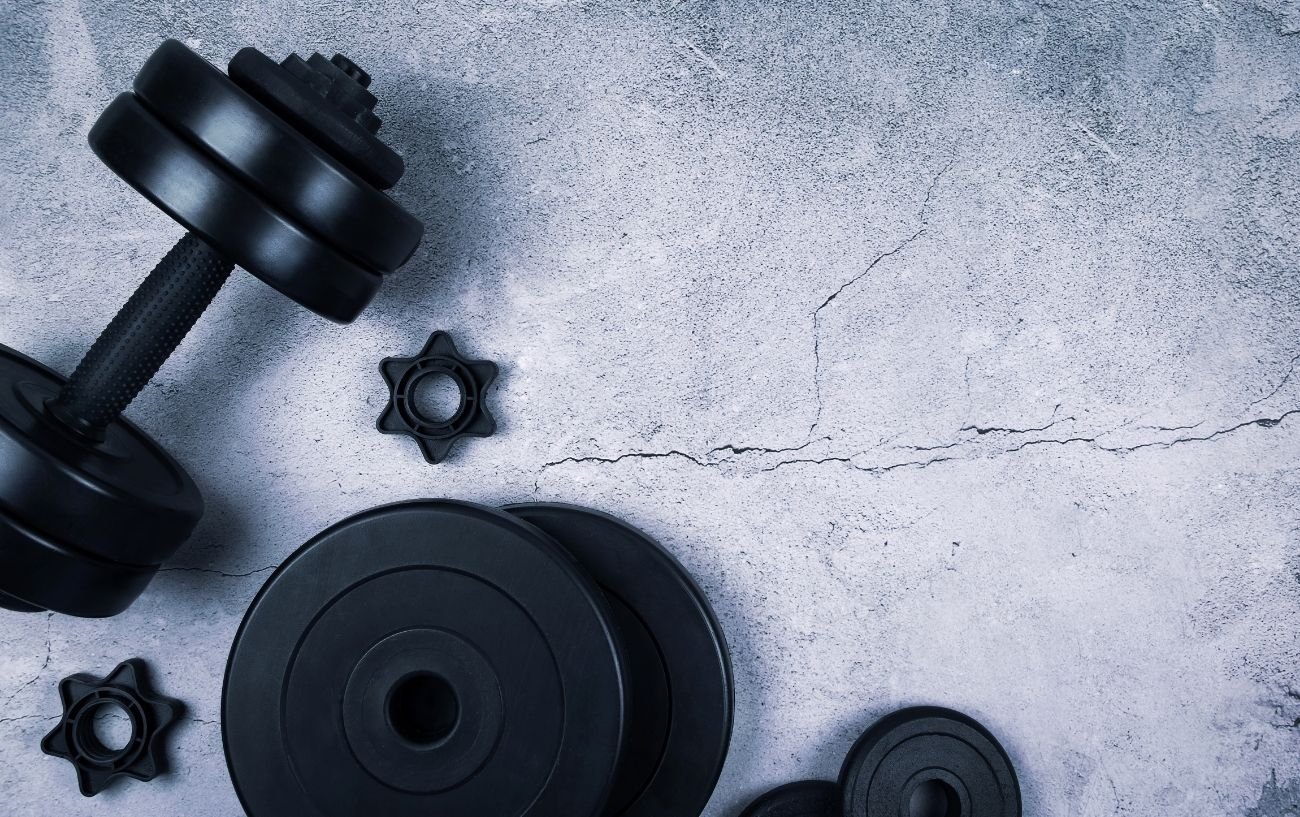
Then, slowly, over the next couple of workouts, increase the number of reps in your sets until you get to 12 again.
Overall, given the fact that you will lead multiple weights for dumbbells based on the types of exercises you are doing, and particularly if numerous people at home want to use dumbbells for workouts, it is well worth the investment to get adjustable dumbbells.
Premium adjustable dumbbells take up far less room than a full rack of dumbbells and give you the ability to change the dumbbell weight for each exercise and progress dumbbell weights as your fitness improves so that you don’t reach a strength plateau.
If you want to do home dumbbell workouts, our pick for the absolute best adjustable dumbbells is the Bowflex SelectTech 552 Adjustable Dumbbells, which are now supported with motion tracking via the JRNY app.
This means that you can check your form to ensure proper technique and execution.
There are also dumbbell workouts in the JRNY app, and a great Bowflex adjustable weight bench to support you are dumbbell workouts at home.
Whether training at the gym or at home, check out our guide to the best dumbbell back exercises here.
